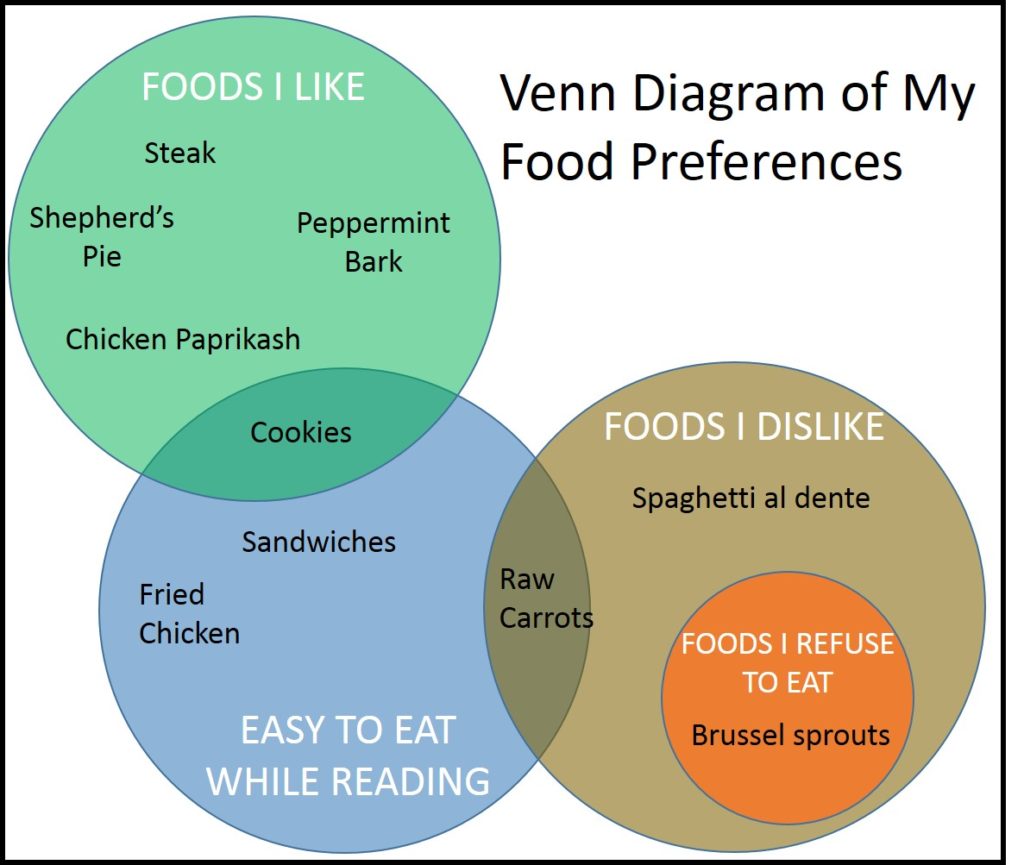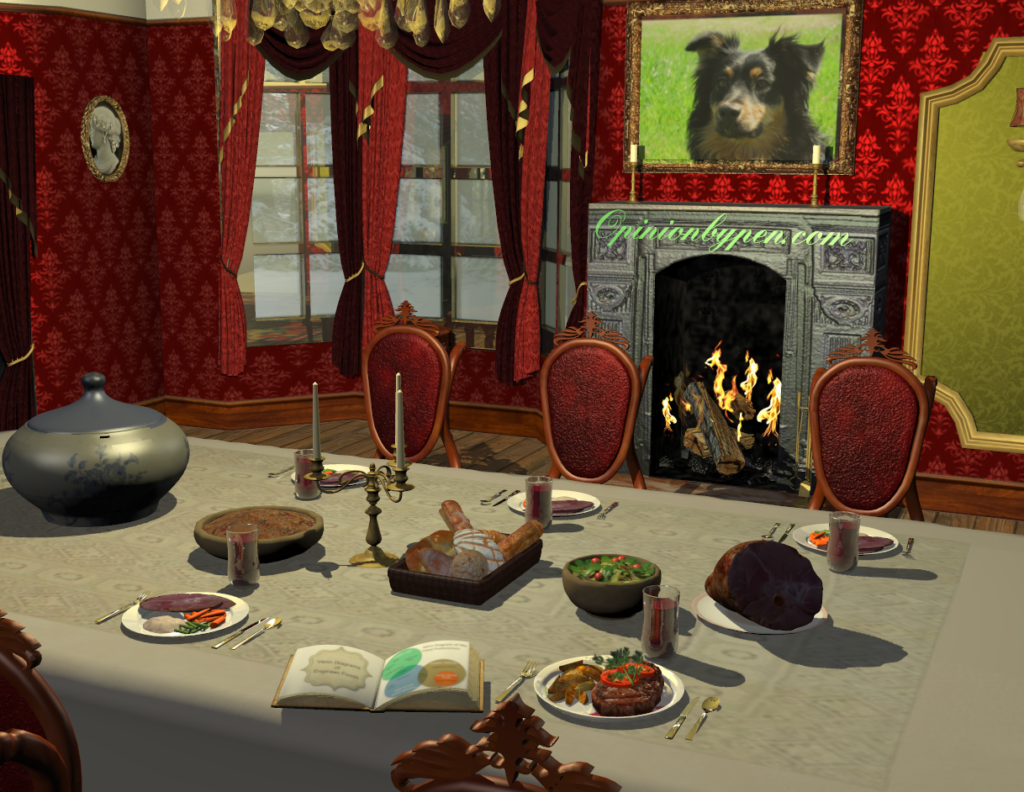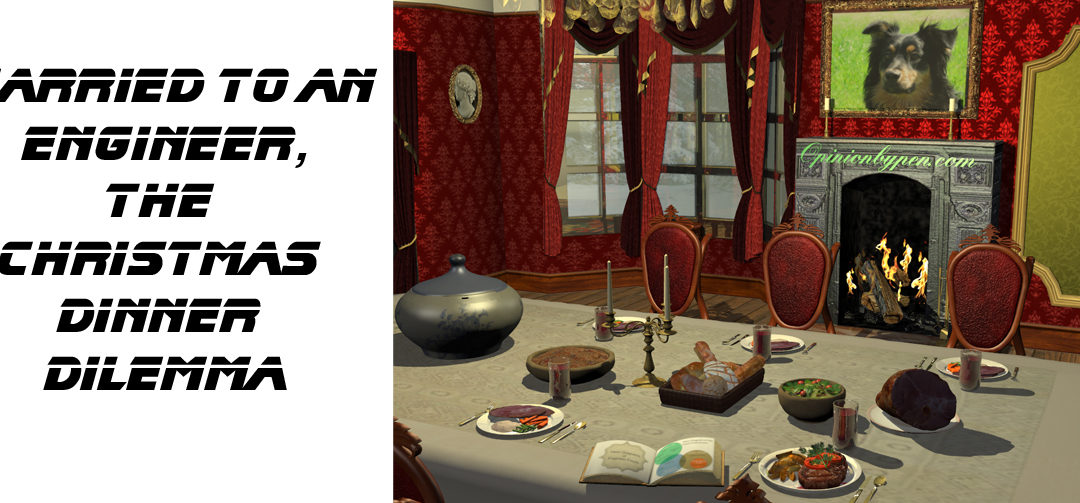I just discovered that I’ll be having steak for Christmas dinner instead of the ham everyone else will be having. Truthfully, I don’t see this as a bad thing but I hate to see this happen simply because my wife and I don’t seem to communicate on the meaning of like and don’t like. My wife sees this as the burden of being married to an engineer. I see it as opportunity to introduce her to Venn diagrams.
When I say I like something, I see it as belonging to the category of foods I like. When I say I don’t like something, it simply means it doesn’t fall into the group of foods I like. It certainly doesn’t mean I dislike it.
When I say I don’t like something, my wife sees that meaning the same as dislike. Unfortunately, the English language allows both interpretations. To me it’s easy, I see the world as a series of Venn diagrams.
If you’re not familiar with Venn diagrams think of it this way. Draw a big circle and put all the foods I like, cookies, steak, chicken paprikash and a few a hundred more inside the circle. By definition, anything outside of the circle belongs to the group of foods I don’t like. Now I’ll draw another circle and label it, “Foods I dislike.” For the moment we’re only going to put two items in there, Brussel sprouts and spaghetti al dente. There are other foods in there but this is an example, not a book.
This diagram is fairly clear. Of course there are other food groups so let’s add another circle inside the “Foods I dislike” circle. Label this one, “Foods I refuse to eat” and move the Brussel sprouts inside it. This simple diagram makes everything clear. You can easily see I dislike spaghetti al dente but will eat it. When it comes to Brussel sprouts I absolutely refuse to eat them.

Venn diagram of food preferences
In order to show the power of Venn diagrams I added a third category, “Easy to eat while reading.” Honestly I have nothing against raw carrots but I added them to the “Foods I dislike” in order to illustrate the intersection of categories. With this Venn diagram, you can see at a glance that cookies are a prized food because I like them and can eat them while I read.
Having suffered through an extraordinary number of years married to an engineer, the moment my wife reads this, she will immediately demand a detailed Venn diagram of my food preferences. Logical, but here’s the problem, I don’t see food as an entertainment item. Many of my choices are situationally based. When I’m asked to decide on the food I want to eat, my answer is based on ease of preparation, ease of consumption, flavor and necessary nutrients, in that order.
None of this changes what I like or dislike but it does affect what I want to have for dinner. The Christmas ham is a good example. I don’t dislike ham although it’s certainly not my first choice in lunch meats. Ease of preparation and ease of consumption don’t factor into the Christmas dinner because I’m expected to socialize during the meal. Reading a book on my tablet during the dinner would be frowned on.
Now the issue of ham versus steak for Christmas dinner is far more subtle. My Venn diagram gives you no doubt that steak should be the preferred food. And that’s the whole problem. Since I’m expected to socialize, it‘s better if I’m served one of the lesser foods. With ham I will be more willing to eat slowly and take part in the conversation. With steak, my goal becomes enjoying the steak without letting conversation get in the way.
As far as my wife knows, I don’t use a spreadsheet to calculate these factors in determining what I want for dinner but this is the way I approach every meal decision I make. Any wonder I frequently get spaghetti al dente?
PS: After reading this my wife gave me a classic Jethro Gibbs (NCIS) head slap and told me I was getting steak because everyone should get what they like for Christmas dinner. She also threatened to increase the frequency of spaghetti if I complained.

© 2016 – 2019, Byron Seastrunk. All rights reserved.











Your mother-in-law would love one of these designs and I won’t even give you a hard time!